Sheet Metal
Instant Quotes & DFM Feedback
Free DFM Feedback With Your Quote
Parts as Fast as 2 Days
What is Sheet Metal?
Sheet metal is one of the fundamental manufacturing methods for metals. It is formed an industrial process into thin and flat metal pieces. In this procedure, the metal can be cut and bend into different and various shapes, sizes and types. It is generally produced in less than 6mm. We can easily see that almost every industry especially homing objects are constructed from sheet metal. This technique can apply in various fields like medical, vehicle and so on.
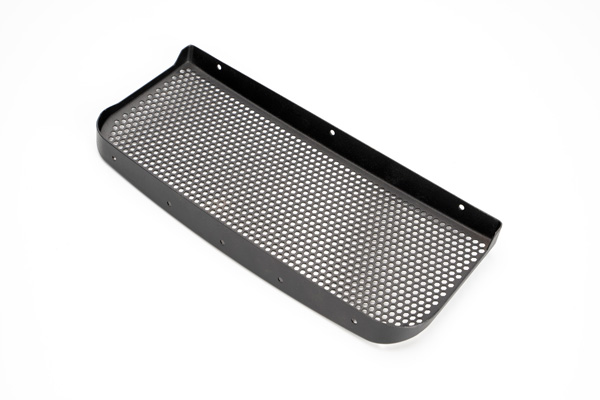
How Many Steps in the Process
It can be concluded that there are four main steps in the procedure of sheet metal.
- Preparation
Before the machining, there will be a list of preparations that have to be done. The technician would get the materials ready that is checked and checked again from the 3D file. And then, put them in the right position in the machine.
- Cutting
According to the operation, it starts laser cutting. After finishing, the technician would take out the machined part and remove the waste.
- Bending
The next step is bending. Through this step, we can get the shape and size that all we want.
- Assembly
We always use the method of welding to finish the assembly of final parts.
Why Do You Need the Process
For producing the metal parts, sheet metal is a key manufacturing method. It is essential in a wide range of machining operation. We have assisted countless clients from different fields in reducing the costs but increasing the quality of parts.
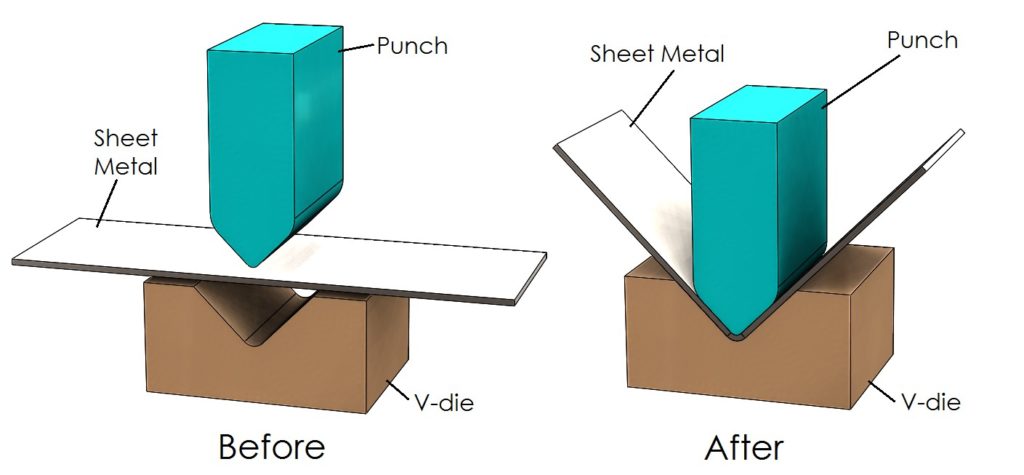
Advantages of the Process
We could objectively assess the advantages of using sheet metal process.
- The parts made by it are able to withstand greater pressure and heat. They are strong and durable.
- Many metal materials like aluminum, brass, stainless steel and silver can be used in the procedure. The materials are available in abundance.
- Compared with the plastic parts, metal parts may be the more cost-effective option to entrepreneurs.
- Sheet metal fabrication serves a wide variety of industries. It is essential in manufacturing various goods for business and industrial uses.
How Can We Deform Metal Sheets
The deformation and discoloration of the material on its own is negligible, so to the confined heat first from the green laser. Burring isn’t a concern. As a consequence, sanding & polishing are frequently unnecessary. It only makes laser ablation the best option for visible furniture or ornamental pieces.
How Does Laser Cutting Improve Process Efficiency
Although laser cutting has high machining precision and good surface quality, this kind of technique also has its shortcomings. Its major shortcoming is slow processing speed and high comprehensive cost. For improve the efficiency, we can shorten the invalid time and reduce cutting path length. Besides, we can start by increasing the material’s utilization.
How is Plasma Metal Cutting Beneficial
Plasma cutting is a thermal way. It uses heat to melt the metal. It is able to cut all conductive materials. And its thickness up to 50mm – 150mm. What’s more, it is available to provide high precision and repeatability.
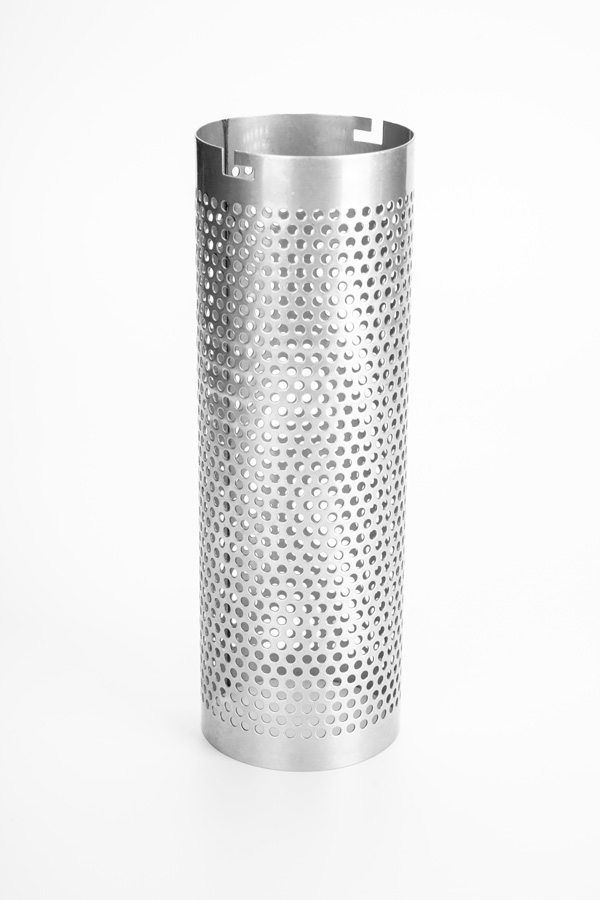
Types of Sheet Metal
Sheet metal is a complicated operation so that it has a variety of methods to deal with the task. The following are some types of manufacturing processes.
- Laser cutting
Laser cutting is one of the key methods in the procedure. It uses a powerful laser to cut the metal. It reaches high precision and can realize tiny cutting.
- Water jet cutting
As the name implies, it makes full use of the water. Through the high-pressure jet of water, the metal could be cut through. The benefit of this method is it would not generate the heat so that it is friendly for the metals which has a low melting point.
- Punching/blanking
Just after casting a specific scale and nature is helpful, it is co-designed to a drill cylinder, which punches the contour through a piece of material.
- Stamping
Like piercing and completely blank, Embossing employs a properly constructed die to produce the required form. Contrary to punching, imprinting causes that desired form to be lifted first from metals in relief, driving the design to penetrate through the metal.
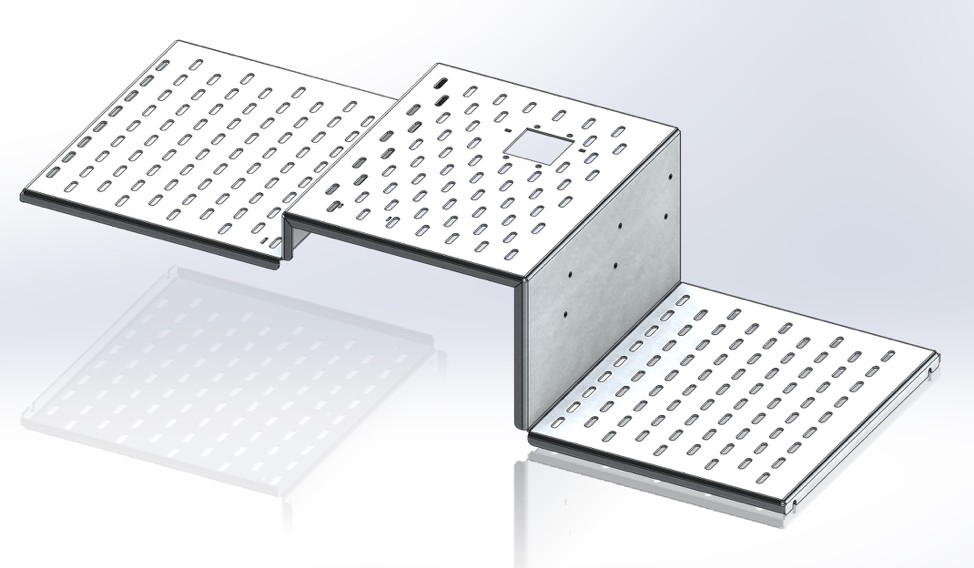
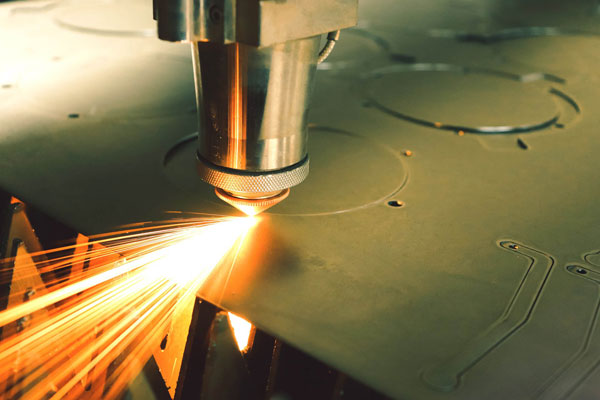
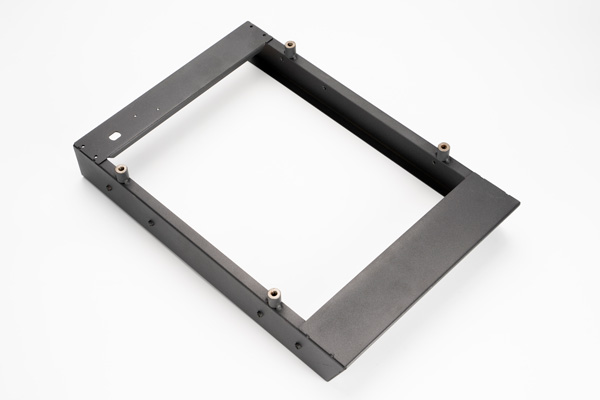
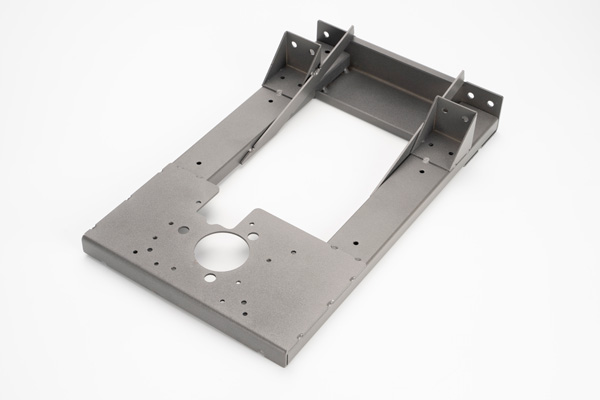
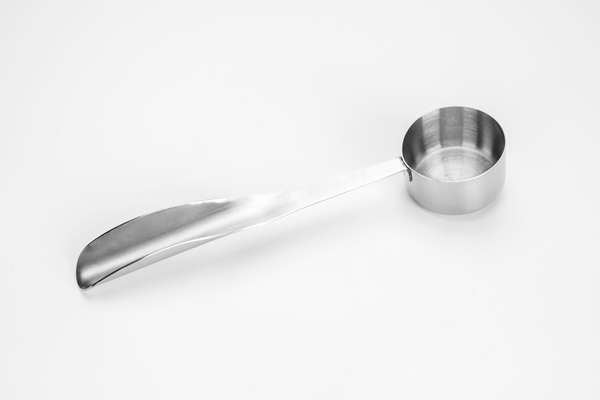

Ready to start your next project?
Contact us and get a quote in 24 hours
